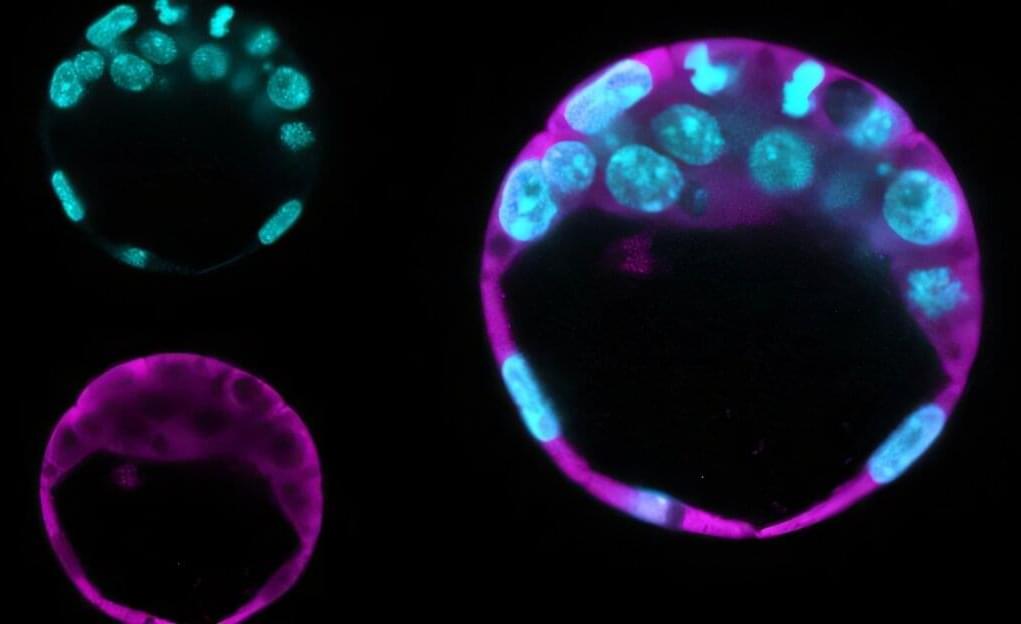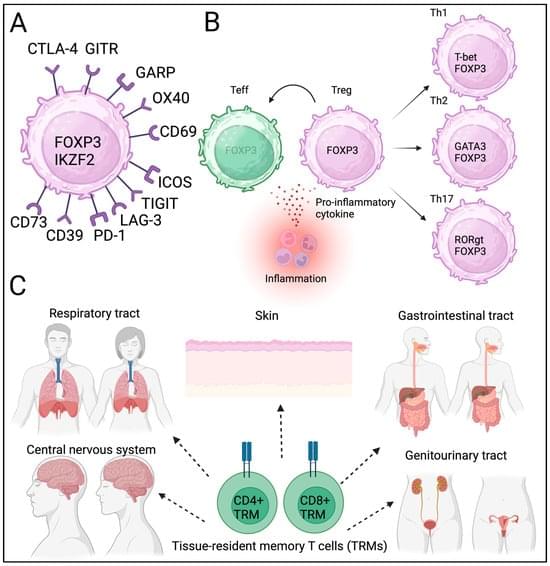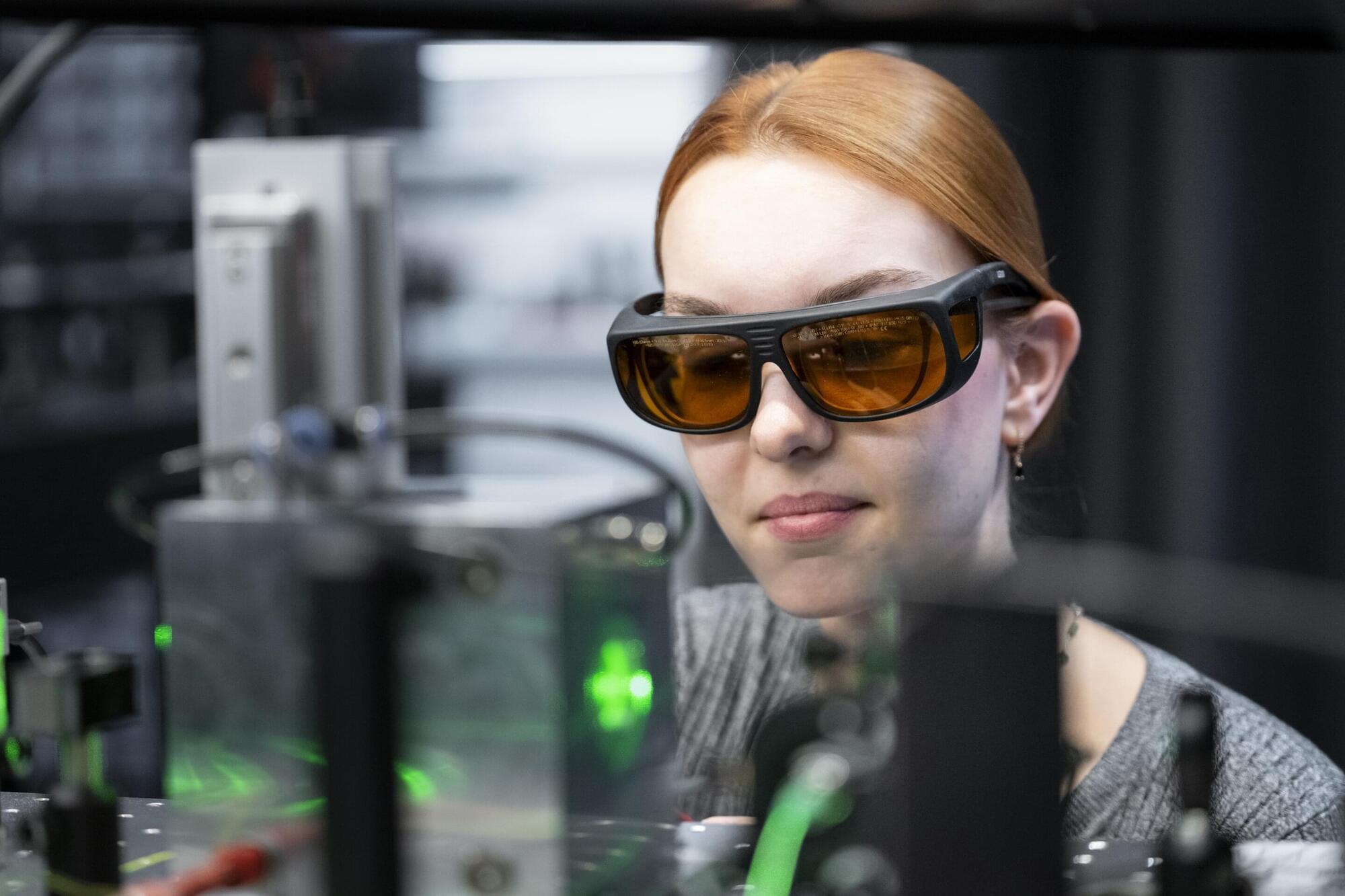Ever wondered what ancient languages sounded like?
Get the latest international news and world events from around the world.

Epstein-Barr Virus Alters B Cells, Possibly Driving Lupus
Epstein-Barr virus (EBV) infected and reprogrammed autoreactive B cells in patients with systemic lupus erythematosus (SLE) to become activated antigen-presenting cells. EBV-infected B cells in patients with SLE showed increased antigen-presenting capabilities, unlike those in healthy control individuals, and may serve as drivers of systemic autoimmune responses.
Epstein-Barr virus reprograms autoreactive B cells, possibly contributing to systemic lupus erythematosus, with infected B cells in patients showing high antigen-presenting capabilities.

New roles found for STIP1 and Maspin proteins in cell renewal and structure
Two recently published studies led by Brazilian scientists reveal the key roles of multifunctional proteins, STIP1 and Maspin, in vital cellular processes.
The results demonstrate new protein functions that help clarify how cells maintain their shape, communicate, and renew themselves. These findings contribute to new studies on cancer, embryogenesis, and potential applications in regenerative medicine.
According to one of the studies, STIP1 plays a central role in embryonic development and maintaining pluripotency, or the ability of cells to multiply and give rise to other cell types.

Children With Autism, ADHD, And Anorexia Share a Common Microbe Imbalance
The ratio of two dominant groups of microbes in the human gut was higher across all three disorder groups than was typically seen in the control group.
A new, small study suggests children with autism, ADHD, and anorexia share similarly disrupted gut microbiomes, which, by some measures, have more in common with each other than with their healthy, neurotypical peers.
Led by researchers from Comenius University in Slovakia, the study used stool samples to assess the gut microbiomes of 117 children.
The exploratory study included 30 boys with autism spectrum disorder (ASD), 21 girls with anorexia nervosa, and 14 children with attention deficit hyperactivity disorder (ADHD). The remaining samples were from age-and sex-matched healthy and neurotypical children, providing a control group.

The Role of Tregs in the Tumor Microenvironment
The tumor microenvironment (TME) is a unique ecosystem that surrounds tumor tissues. The TME is composed of extracellular matrix, immune cells, blood vessels, stromal cells, and fibroblasts. These environments enhance cancer development, progression, and metastasis. Recent success in immune checkpoint blockade also supports the importance of the TME and immune cells residing in the tumor niche. Although the TME can be identified in almost all cancer types, the role of the TME may not be similar among different cancer types. Regulatory T cells (Tregs) play a pivotal role in immune homeostasis and are frequently found in the TME. Owing to their suppressive function, Tregs are often considered unfavorable factors that allow the immune escape of cancer cells.

90% of Gamers Have Played a Remake or Remaster, Finds New Report
According to MTM, many respondents said that they find remakes and remasters “help them reconnect with positive, comforting feelings and memories that they had when they first played the game.”
However, the firm noted that others raised concerns about studios “taking an easy, repetitive route to market” and that these remakes come at the cost of “sacrificing innovative, new experiences that could redefine the industry.”
“Our report shows that there is a strong appeal for remakes and remasters, but it’s a tight balancing act for studios to get right,” said Martin Bradley, head of gaming at MTM.” Many of these games are far out-selling their original release.

Ancient bog growth reveals shifting Southern Hemisphere winds 15,000 years ago
Scientists have revealed that ancient bogs in the Southern Hemisphere hold clues to a major shift in Earth’s climate thousands of years ago.
Researchers looking at peatlands have discovered that sudden shifts in the Southern Westerly Winds 15,000 years ago triggered a massive growth of the swamps.
Geo-experts have never fully understood what caused the bogs to form across the Southern Hemisphere after the last Ice Age.

Scientist captures tiny particles for clues on what sparks lightning
Using lasers as tweezers to understand cloud electrification might sound like science fiction, but at the Institute of Science and Technology Austria (ISTA) it is a reality. By trapping and charging micron-sized particles with lasers, researchers can now observe their charging and discharging dynamics over time.
This method, published in Physical Review Letters, could provide key insights into what sparks lightning.
Aerosols are liquid or solid particles that float in the air. They are all around us. Some are large and visible, such as pollen in spring, while others, such as viruses that spread during flu season, cannot be detected by the naked eye. Some we can even taste, like the airborne salt crystals we breathe in at the seaside.

NASA releases detailed images of rare interstellar comet passing through solar system
NASA unveiled close-up pictures on Wednesday of the interstellar comet that’s making a quick one-and-done tour of the solar system.
Discovered over the summer, the comet known as 3I/Atlas is only the third confirmed object to visit our corner of the cosmos from another star. It zipped harmlessly past Mars last month.
Several NASA spacecraft at and near the red planet zoomed in on the comet as it passed just 18 million miles (29 million kilometers) away. The European Space Agency’s two satellites around Mars also made observations.

Key driver of extreme winds on Venus identified
Imagine the catastrophic winds of a category 5 hurricane. Now, imagine even faster winds of more than 100 meters per second, encircling the planet and whipping clouds across the sky, with no end in sight. This scenario would be astonishing on Earth, but it’s business as usual on Venus, where the atmosphere at cloud level rotates about 60 times faster than the planet itself—a phenomenon known as superrotation. In contrast, Earth’s cloud-level atmosphere rotates at about the same speed as the planet’s surface.
Prior research has explored the mechanisms driving atmospheric superrotation on Venus, but the details remain murky. New evidence from Lai and team suggests that a once-daily atmospheric tidal cycle, fueled by heat from the sun, contributes much more to the planet’s extreme winds than previously thought. The study is published in the journal AGU Advances.
Rapid atmospheric rotation often occurs on rocky planets that, like Venus, are located relatively close to their stars and rotate very slowly. On Venus, one full rotation takes 243 Earth days. Meanwhile, the atmosphere races around the planet in a mere 4 Earth days.